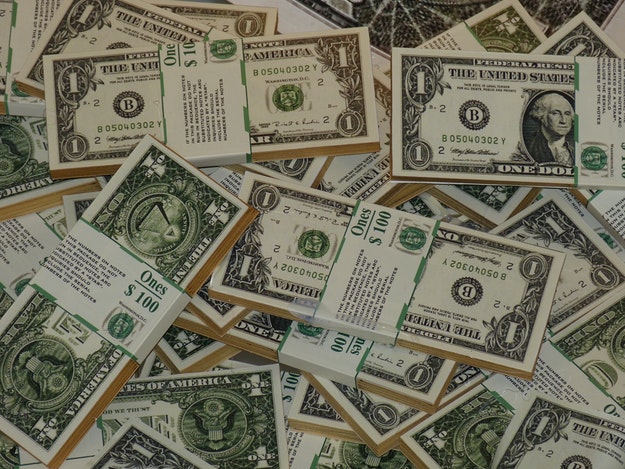There are some facts you know are 100% true. Say, like when you face an unexpected emergency expense when your savings are low. Without an emergency fund, you may have to borrow money online.
But then there are some things that aren’t as obviously true. Like how a line of credit works when you use it to cover emergency bills.
Some people like to think they know. But a lot of the time, the most popular “facts” we repeat to each other have no basis in reality.
Check out these supposed facts to learn why they aren’t true!
1. You Must Have a Good Credit Score
There’s a misconception about what your credit score does to your borrowing options.
- Here’s what IS true: Having a higher score will give you the greatest number of options available at the most affordable rates.
- Here’s what IS NOT true: Having a lower score means you won’t be approved for any personal line of credit(LoC).
A subprime score just means you may have fewer options than someone with an excellent score. But you still have options.
With a bit of research, you may find a line of credit for people with bad credit.
2. A Bigger Limit Hurts Your Score
If owing more on your LoC is bad, you may believe a bigger limit is also a bad thing. But this would be a logical misstep.
A bigger limit may have an impact on your utilization ratio, a metric that shows how much of your limit you use as a percentage.
Your ratio is the product of your use versus your limit. By increasing your limit, you may see a change in your ratio — even if you don’t change what you use.
Check out the examples below to see how it works.
- Scenario #1: If you have a limit of $1,000 and you use $300 of it, your utilization ratio would be 30 percent.
- Scenario #2:Let’s say you now have a limit of $2,000 and you still use $300. This time, your ratio would be 15 percent. It lowers even though you technically spent the same amount of money.
Broadly speaking, you want your ratio to be as low as possible, although 30 percent is a common threshold.
3. Making the Minimum Payment is a Good Deal
The minimum payment is usually a flat fee or percentage of your balance. In either case, it’s cheaper than paying your total bill.
Anytime you can pay less may seem like a good deal, but there are strings attached to your minimum payment. By paying less than your full balance, some of it will carry over to the next billing statement. This portion will be subject to additional interest and finance fees until you pay it off.
The result? Over time, you actually pay more by using the minimum payment.
What You Don’t Know Can Hurt You
Basing your decisions on the wrong info may lead you down the wrong financial path. Before you sign your name on any loan agreement, make sure you understand how it ticks. This information may help you decide if an LoC is a right choice for your unexpected emergency, and if it is, it may help you manage it better.














